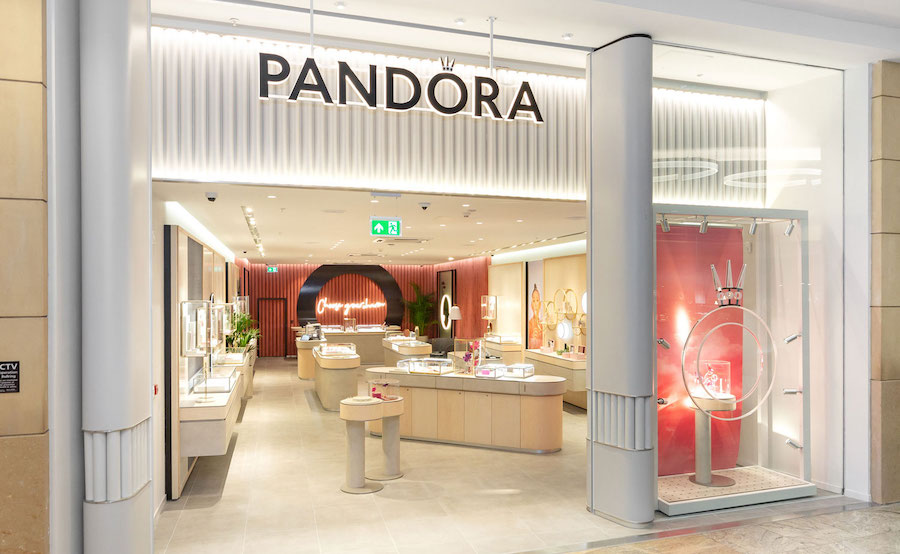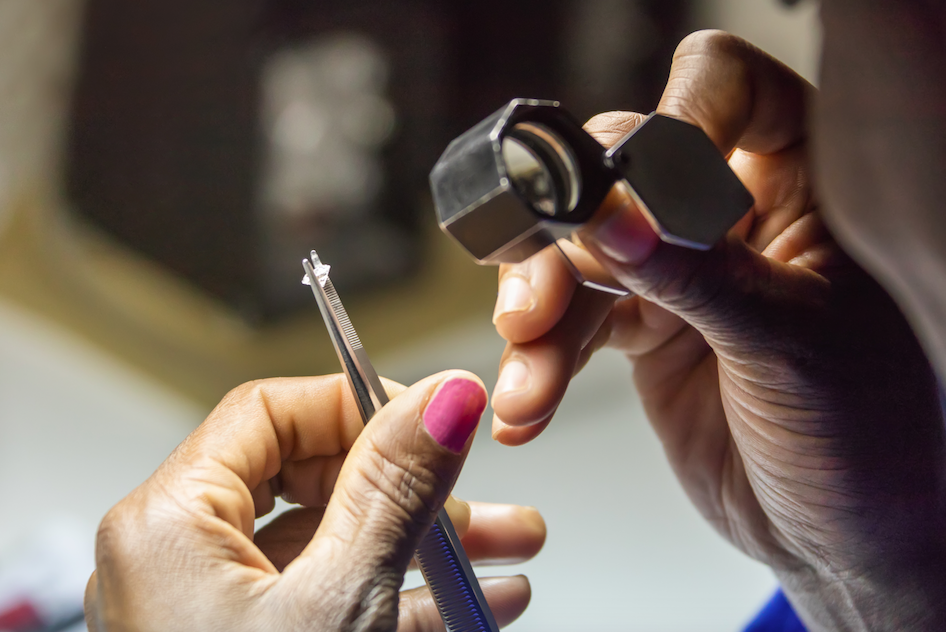Lab diamonds just won a battle, not the war
Cecilia Jamasmie | May 8, 2024 | 8:20 am Markets Suppliers & Equipment Top Companies Africa Australia Canada Europe Latin America Diamond

Pandora released its first collection using lab-made diamonds in the UK in 2021. (Image courtesy of Pandora Group.)
"After a brief surge in diamond jewellery demand during the pandemic, diamond miners are now grappling with an oversupply that is forcing them to reduce the excess inventory.
The prices of natural diamonds have dropped by almost 20% compared to a year ago, following a surge in 2022, but were higher ten years ago.
Anglo American’s De Beers, the largest diamond producer by value, has been cutting its output due to sluggish demand. Sanctions-ridden Russian miner Alrosa, the world’s largest producer of rough diamonds by volume, stopped publishing sales data in early 2022, cut its output by 2.8% to 34.6 million carats last year.
The growing popularity and affordability of laboratory-grown diamonds (LGDs) are seen as the main contributors to the current challenges faced by the diamond market.
Unlike miners, companies tied to man-made stones have reported positive results. A case in point is Pandora, the world’s largest jewellery maker by production volume, which earlier this month raised its full-year revenue guidance after beating first quarter sales and profit forecasts.

The growing popularity and affordability of lab diamonds are seen as the main contributors to the current challenges the diamond market faces. (Stock image)
The Danish company, best known for its charm bracelets, ditched mined diamonds in 2021. In the first three months of the year the company nearly doubled its sales of lab-grown diamonds in the first quarter, increasing revenue by 87%,
Pandora believes the use of lab-made diamonds as well as of 100% recycled silver and gold have been key in the increase of sales in the United States, it biggest market.
The shift towards lab-grown diamonds is primarily driven by consumers seeking more affordable and ethical alternatives, but according to industry insiders, is not set to last.
“People are discovering that a diamond is a diamond. It’s a different value proposition, and people are voting with their wallets,” chief executive Alexander Lacik told the Financial Times. “Older customers are more wedded to mined diamonds. Younger ones are more open to lab-grown.”
Pandora has invested heavily in the past four years to expand and strengthen its business by launching marketing campaigns, opening new retail stores, and broadening its product range to include a wider variety of jewellery that uses only lab-grown diamonds.
Dimmed shine
Diamond industry analyst Paul Zimnisky says the despite the hype, man-made diamonds only account for 20% of global diamond jewellery sales, with the majority still held by mined stones.

Courtesy of Paul Zimnisky.
Zimnisky notes that sales of lab-grown diamonds have experienced rapid growth, with global sales soaring to nearly $12 billion in 2022. This represents a 38% year-over-year increase, up significantly from $1 billion in 2016.
Man-made diamonds are expected to soon suffer the same fate as mined stones, with experts predicting a steep price decline. Last year, prices for lab diamonds dropped around 20% in the 12 months leading up to November, according to jewellery analytics firm Tenoris.
Zimnisky predicts a similar drop in prices this year, noting that the value of lab-created diamonds has been decreasing since 2015, when they began to gain popularity. Initially, synthetic diamonds were priced about 10% lower than mined diamonds, according to his estimates. Today they are priced at a discount of up to 90%.
Jewellery maker Nightingale, which uses both mined and lab diamonds in its offering, says, if anything, man-made gemstones will force miners to adopt more transparent and ethical practices.
“History has proven the diamond mining industry isn’t capable or interested in increasing ethical standards or becoming more sustainable without outside pressure,” the company said. “As with blood diamonds, change only came about because public outcry demanded it, and standards quickly began to slip as soon as the spotlight was turned off.”
Consumers demanding more ethical products disrupts this status quo, Nightingale noted, adding that demand for mined diamonds isn’t disappearing overnight.
“We predict a gradual transition away from the current providers towards ... "
https://www.mining.com/lab-diamonds-jus ... ot-the-war